Amelior
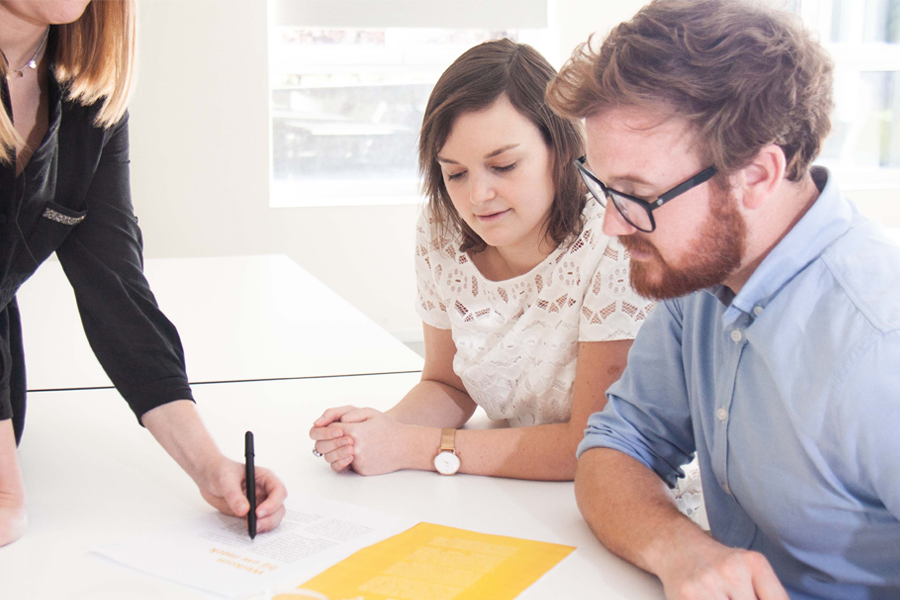
Imagine an established training provider, taking the plunge and betting on blended learning. For the very first time. Ever. That’s exactly what Amelior did, and the results of this bold but calculated undertaking don’t lie. It’s quite the story, even.
A progressive learning partner that responds to learners’ needs
Here’s what happened. Apart from reducing classroom training days by a whopping 30% (!), their blended learning journey on the topic of quality care was awarded the prestigious Training Improvement Award 2023. How’s that for a win? And on their first try, as well.
Below, we outline Amelior’s journey from ideation to implementation, show you all the challenges they faced along the way, how they overcame these, and which impressive results lay at the end of their path towards offering an effective blended learning program.
We hope this will be an inspiration for when you develop your next learning program. Who knows, you might just be the winner at the 2024 aNewSpring Awards!
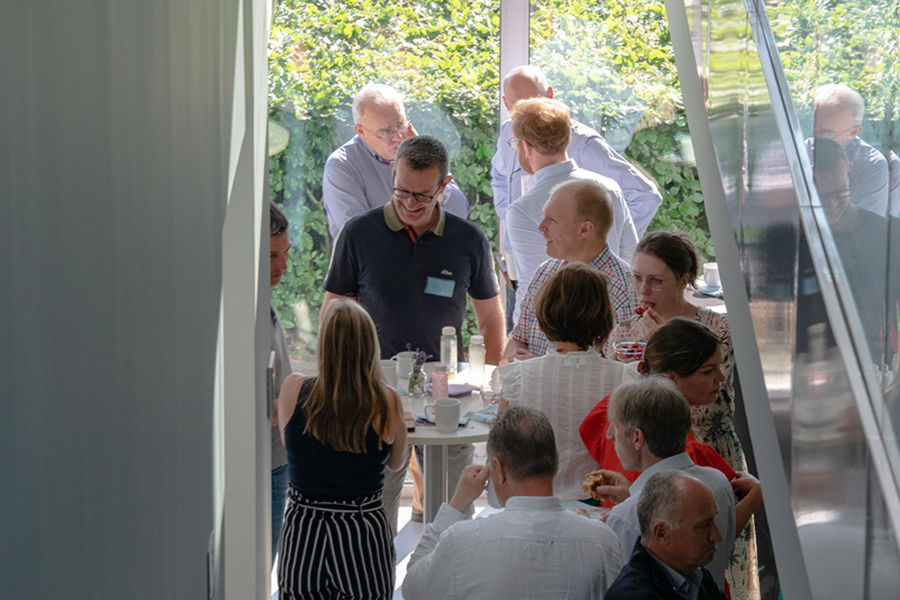
As far as training providers go, Amelior has substantial experience under their belt. It all started in 1971, with several managers looking to share their passion for quality management with Flemish businesses. And they’ve come a long way since.
Fast-forward 50 years, and Amelior now boasts a full-fledged team of learning pioneers focussed on providing courses on a variety of subjects such as safety, environment, people and management. Aside from their expansive training catalogue – they offer over 180 different courses – Amelior also provides direct consultancy to their clientele.
But what really stands out is their vision on learning and development. As a progressive learning partner, they always aim to respond to customer needs in the best way possible. Which also means leveraging the latest technology to do so. You can't pioneer in a field like L&D if you're not trying to continuously improve the outcomes of your learning products.
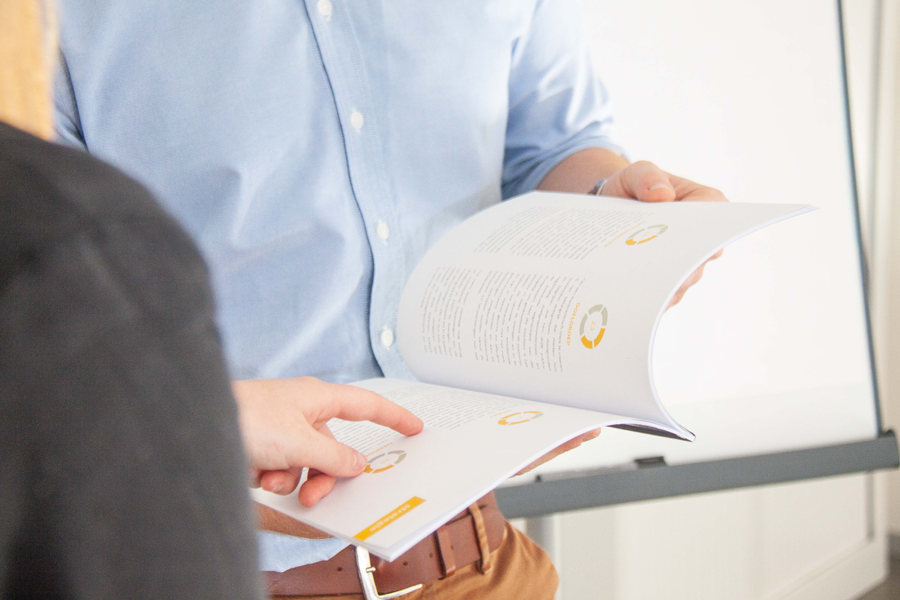
Giving their oldest training programme a long overdue makeover
As an organisation, Amelior asked themselves: “How can we use the latest learning technologies to build a learning experience that resonates with today’s learners? That inspires our learners and drives lasting change in their behaviour?”
Recognising different learners have different needs, it made sense to go for something interactive and self-paced, meaning the program would also respect busy schedules.
The idea for setting up a blended training programme was born.
But this journey was not just about developing another training programme.
“The goal of all our training products is to enhance skills and deliver a sustainable training experience for our learners.”
Through the blended approach, they wanted to add flexibility to this programme. Flexibility their clients want and need, nowadays.
Bear in mind: Amelior had not yet tried anything like this before. It was a full-on pilot for new training methods. As for the actual coursework, it was quickly decided to start by revitalising their oldest training programme - one on quality care. There’s nothing like taking an old favourite, completely rethinking it and making it even better.

Convincing SMEs to commit to blended training
With fresh courage, the help of both internal and external experts and a carefully considered approach, the L&D team at Amelior set out to give shape to this new blended training programme. No lack of willingness, there.
But when was the last time you tried something new for the first time, though? As you might imagine, such things rarely come without their own set of setbacks and difficulties.
For starters, the efficacy of Amelior’s training programmes heavily depends on the subject matter experts (SMEs) doing the teaching. Getting them on board with this new approach was crucial to success.
Logically, these SMEs were a bit hesitant to change the approach that had been successful for years, which was the traditional classroom-based teaching method.
Some of the concerns they had included:
A blended approach might dilute their subject expertise
Some participants might not complete the e-learning modules
Finding the right balance between online and offline teaching might be difficult
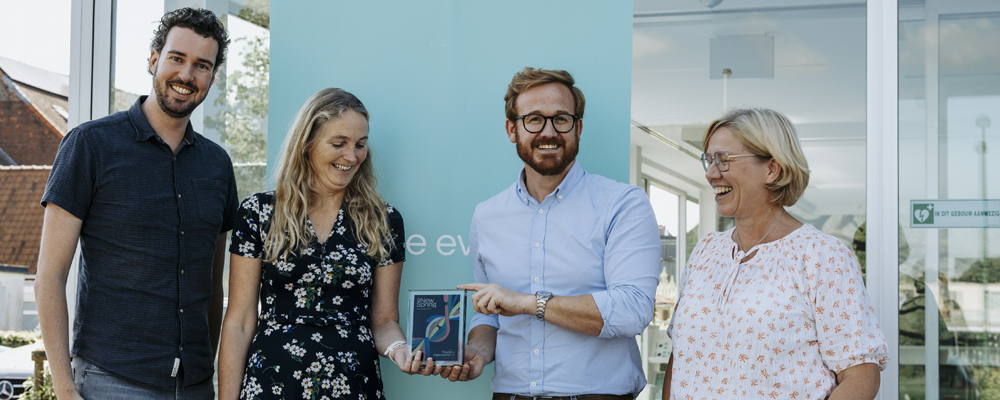
Convincing them turned out to be as straightforward as simply talking to them. Amelior made it clear to their SMEs that e-learning wasn’t mandatory, and they didn’t need to change what worked well in class.
For each module or course, they asked: “Does this require e-learning?” This question empowered their SMEs. And in the end, the answer to the question was often a confident and emphatic “yes”.
Amelior also emphasised how online modules could make extra room for learner interaction and group assignments in the classroom, to further reassure their SMEs. They showed these experts they could become facilitators or guides, instead of mere providers of information.
It took some time to convince them, but in the end, every single one of the SMEs used some form of e-learning in their training. With that, Amelior had confidently overcome the first major hurdle to building their pilot blended learning programme.

How blended training means more impact and reach
After Amelior had assured the SMEs that their expertise would not be undermined or diminished by the project, it was time to build out the actual blended training. As Amelior’s L&D Manager, Ruben Baes, explains: “Planning is everything. A well-thought-out and comprehensive plan lays the foundation for success.”
The planning process for turning their oldest course into an effective blended training programme depended, in part, on a twofold commitment:
Appointing a full-time internal L&D professional to the project
Asking external experts to help create an e-learning storyline
Amelior explains
In this video, Amelior tells about their journey towards a successful blended learning strategy.
And the latter makes sense, especially, don’t you think? You can imagine how a training programme designed specifically for the classroom needs to be reimagined to suit a blended model.
Asking Arboth for help
The Amelior team realised they needed help and went all-in to turn their existing training into suitable e-learning modules. First, they got in touch with the Belgian blended and e-learning consultancy, Arboth, for advice on how to transform their content.
Next – and bear with us as we get a bit technical – they invested in Articulate’s authoring tool, Storyline 360. Arboth helped Amelior create e-learnings in this authoring tool. The resulting SCORM-files (an e-learning standard for learning management systems) were uploaded in the aNewSpring platform.
Quite the commitment to make sure the resulting learning program was top-notch. Of course, with each iteration, transforming classroom-only content to blended learning gets easier. Not to mention, it’s a lot of fun, too.
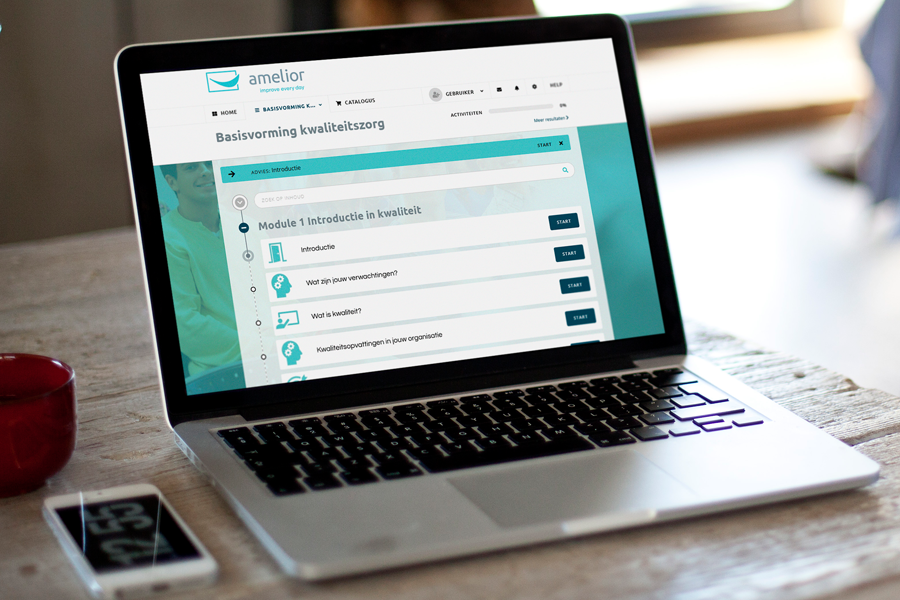
Platform features central to the blended training’s design
Amelior didn’t set out to create just any type of training programme. This was a test project to see how a new type of learning could bring about lasting change for learners.
We can pinpoint a few platform capabilities that made transforming learner mindsets and behaviour possible:
Interactive content woven into e-learning storylines
Personalised learning pathways based on live sessions
Combination of online and offline learning
Reflection at every step of the learning process
Goal-oriented course structure
Interactive content makes learning stick
Imagine Amelior as a storyteller using interactive elements to make learning not just informative, but super engaging. It’s like being part of a story where learners are the star, making the whole learning experience memorable and really drawing them in. Great for opening their minds to new perspectives and promoting deeper understanding.
Personalised learning to meet individual needs
The journey starts with a live session that charts the learner's individual insights profile. Think of it as a custom-made path for their learning adventures, adjusting to fit their specific needs and ways of thinking, setting the stage for meaningful change.
Best of both worlds: combining online and offline learning
Amelior blends digital sessions with live sessions, catering to all kinds of learners. Whether they were more comfortable behind a screen or in the classroom, they could engage with the material in the way that suited them best.
Reflective learning at every turn
Instead of only feeding learners information, Amelior’s new course encourages them to absorb, reflect, and apply it. By balancing theoretical knowledge with self-reflection and practical tasks, the programme ensures that learners do more than just learn - it prompts learners to evolve in their mindset and behaviour.
Goal-focused course design
Each section of the course is clearly goal-oriented. This structure helps learners understand the purpose behind each activity and how it all adds up to the overall goal of transforming their mindset and behaviours. It’s like having a clear roadmap for their learning journey.
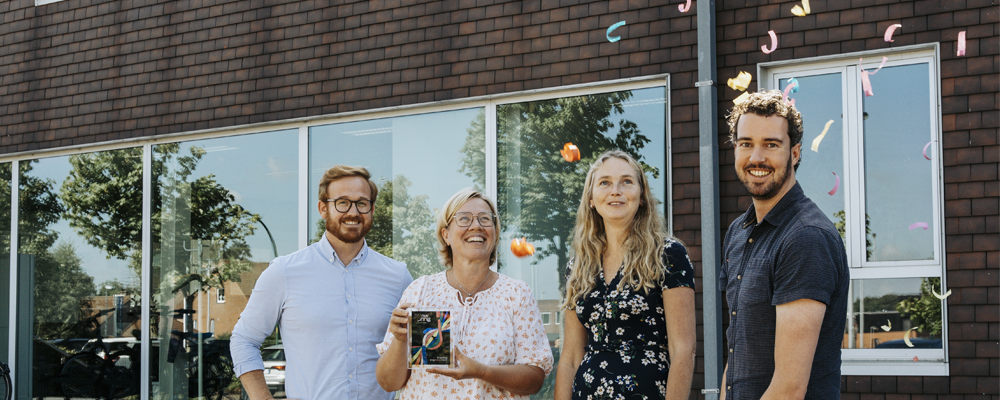
The specific aNewSpring features that made the above course redesign possible included, but weren’t necessarily limited to, the following:
Content cooperation
Template settings
Activity dynamics
Flexible platform roles
SCORM-standards
But it wasn’t just these technical features that made the blended training programme work. Some other factors that made success way more likely:
A robust learning journey platform
Amelior’s total commitment to the project
The help of both internal and external experts
Buy-in from subject matter experts
So what about the results of this blended learning pilot?
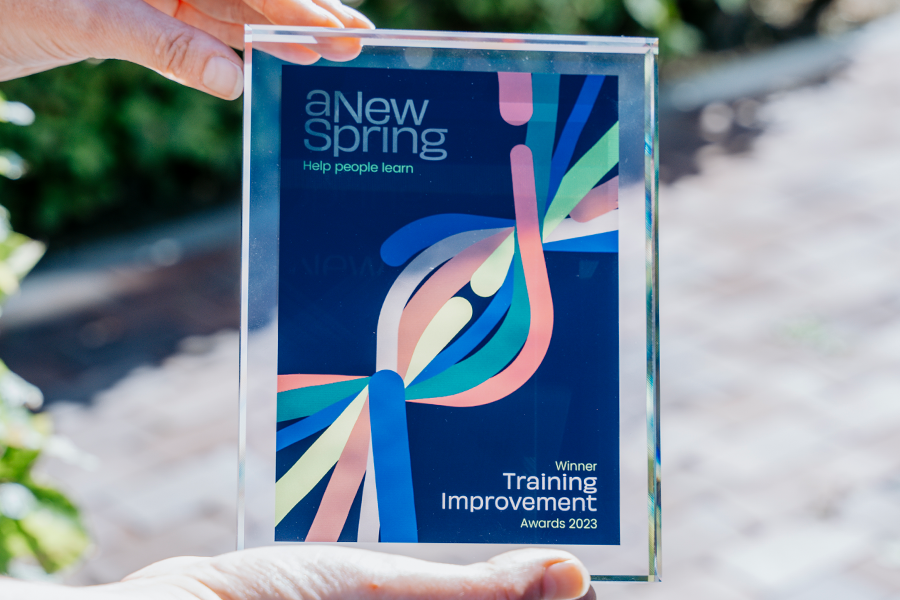
Self-paced learning without compromising quality or depth
We already mentioned that Amelior won the Training Improvement Award 2023. This was, in part, due to the innovative nature of the project, as well as the clear and impressive results it led to.
With their new training programme, they were able to reduce the number of classroom training days from 14 to 10. That’s a nearly 30% reduction in the time and efforts that trainers needed to put into their classroom setups. But it also put the learners firmly in control of their learning experience, by enabling them to learn in a self-paced fashion.
“We needed the course to capture the specific needs of our target audience, particularly at the management level, which requires a deeper level of understanding and skill development.”
“With this in mind, it was essential to design a learning experience that went beyond basic knowledge and instead emphasised practical application, critical thinking and even problem-solving. The blended learning approach was instrumental in meeting the needs of the management audience.”
In sum, Amelior’s revamped training programme needed to offer flexibility and cater to individual needs and schedules, without becoming diluted, unengaging or superficial.
Baes: “By incorporating online components, such as self-paced modules and interactive multimedia materials, we provided flexibility that catered to their diverse learning preferences and busy schedules.”
“Participants were able to access and review the content at their own convenience, allowing them to fit learning into their demanding schedules, without compromising the quality or depth of the training.”
In other words: Amelior’s blended training put the learner first, catered to their individual demands with self-paced learning, and allowed trainers to focus on what they do best; teaching high-quality classes.
